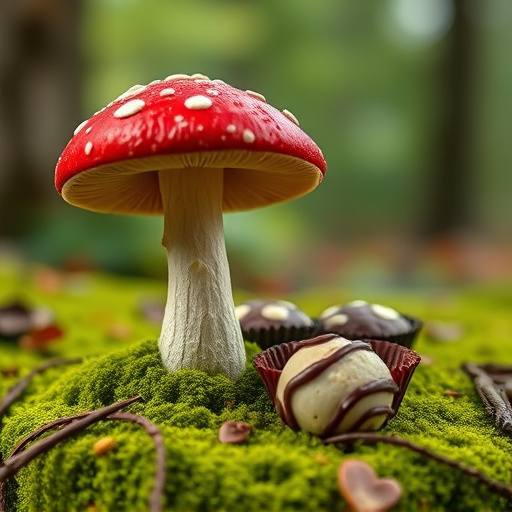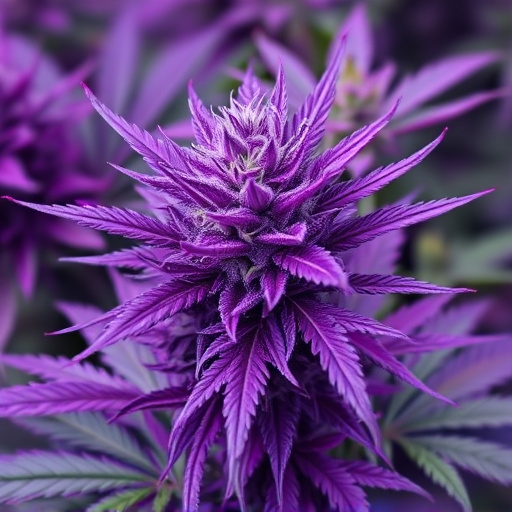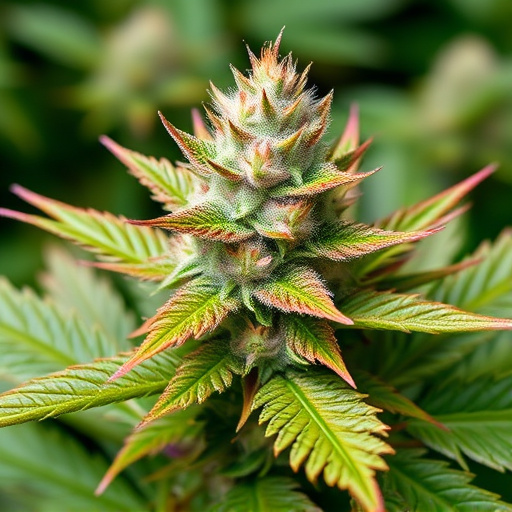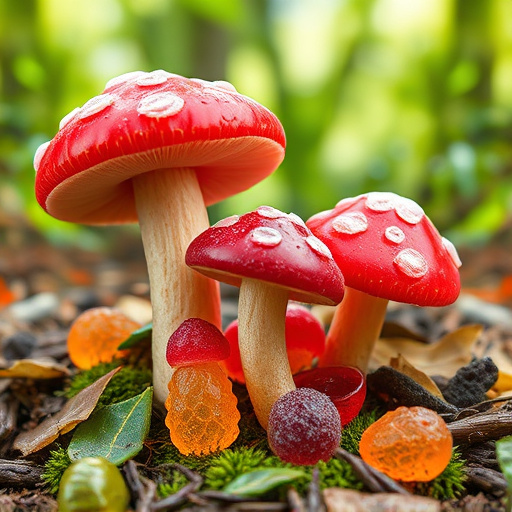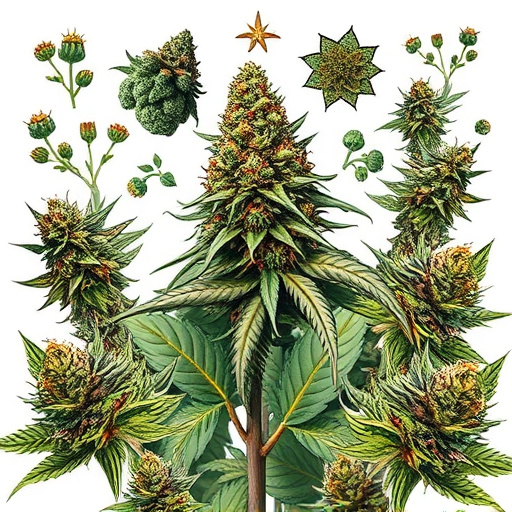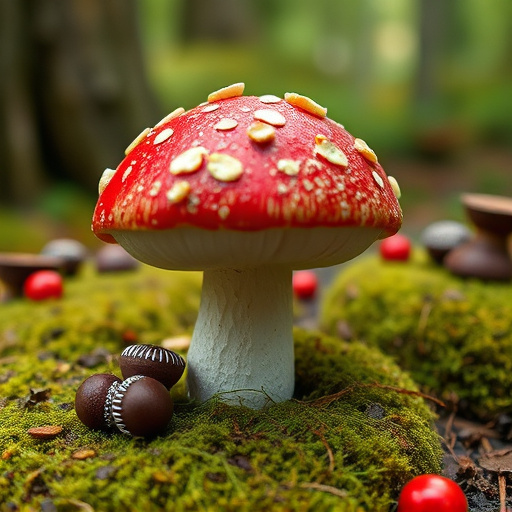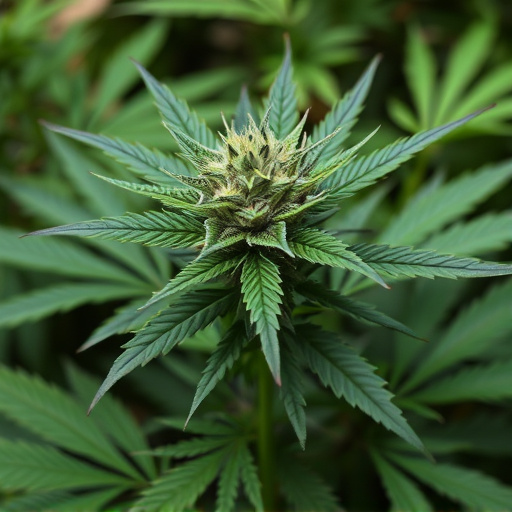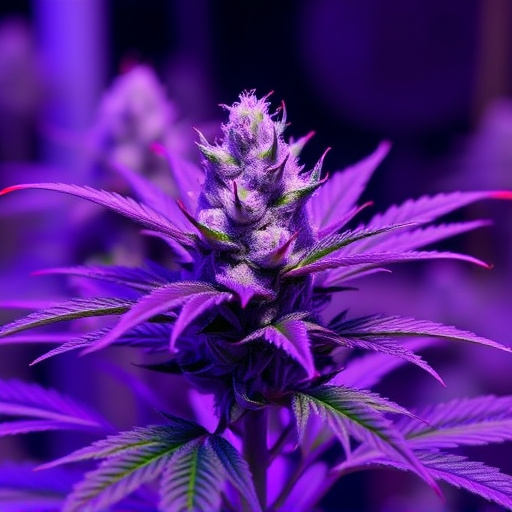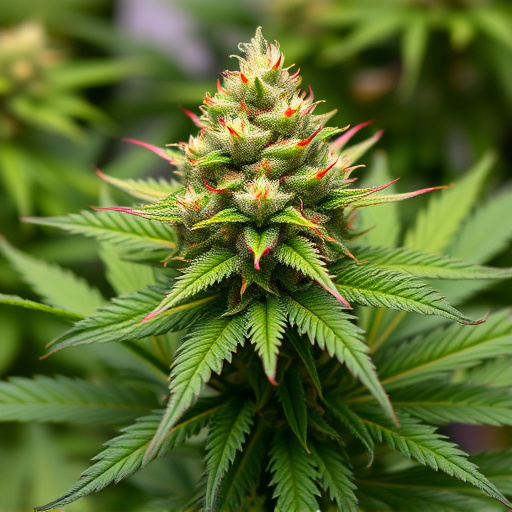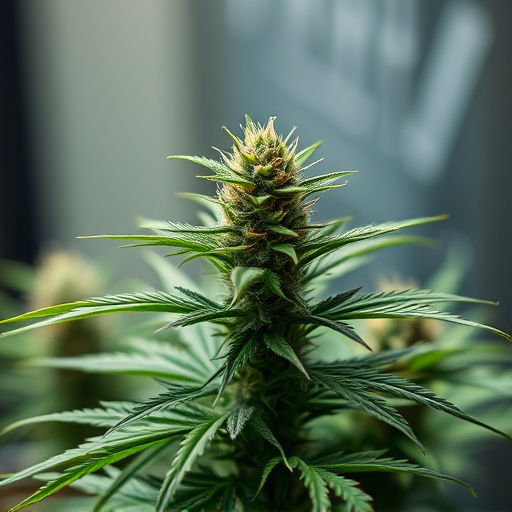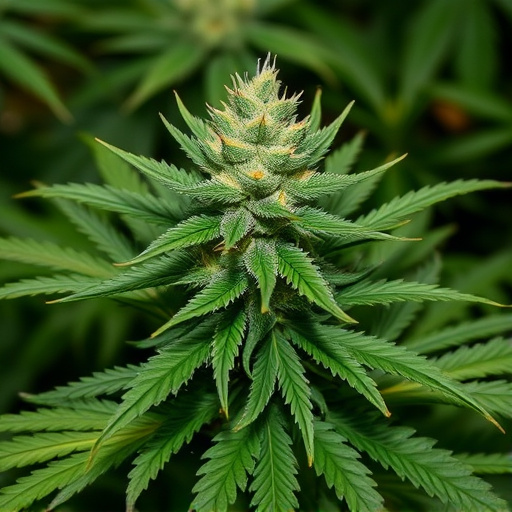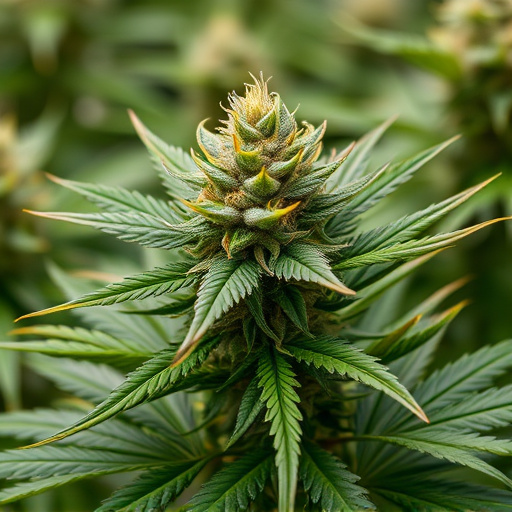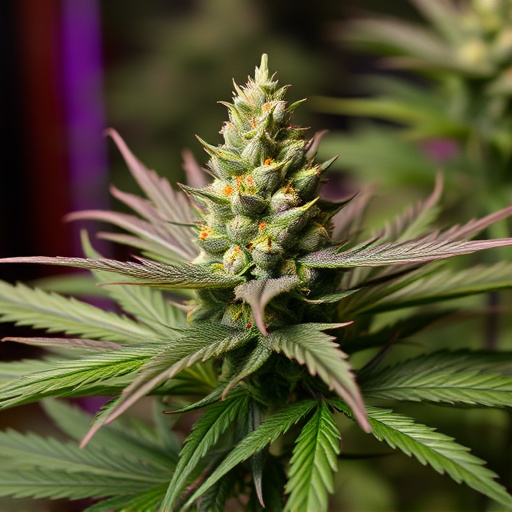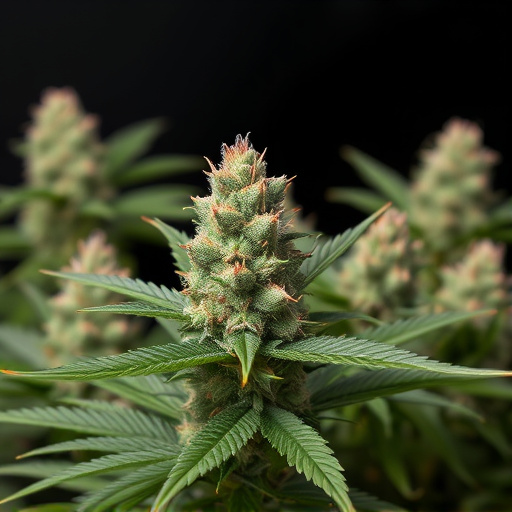High CBD cannabis strains, valued for their therapeutic benefits without intoxicating effects, face challenges from aging. Terpene degradation and reduced CBD content diminish potency and appeal, particularly for medical users seeking specific relief. Despite this, aging transforms the strain into a calmer experience due to THC degradation into CBN, while unique terpene developments interact with the endocannabinoid system, offering a distinct sensory journey.
Can age make weed less potent? Let’s explore if that old bud you stashed away still packs a punch. We delve into the world of high CBD cannabis strains, known for their distinct effects and growing popularity. Understanding how age affects cannabis potency is key, especially with modern breeding focusing on specific cannabinoids. This article unravels the science behind getting high from older cannabis, shedding light on what to expect and why it matters in today’s market.
- What is High CBD Cannabis and Why Does It Matter?
- How Age Affects Cannabis Potency and Effect
- Understanding the Science Behind Getting High from Old Weed
What is High CBD Cannabis and Why Does It Matter?

High CBD cannabis refers to strains with an elevated concentration of cannabidiol (CBD), a chemical compound found in the cannabis plant. Unlike tetrahydrocannabinol (THC), which is responsible for most of the psychoactive effects, CBD does not induce feelings of intoxication. Instead, it offers various therapeutic benefits, making high CBD cannabis popular among users looking to alleviate specific conditions without experiencing the mental haze or cognitive impairment associated with THC.
The significance of high CBD cannabis strains lies in their potential to provide relief from pain, anxiety, and inflammation without posing the same risks as traditional recreational cannabis. This is particularly appealing for medical patients seeking alternative treatments. High CBD strains have been shown to interact with the body’s endocannabinoid system, which plays a crucial role in maintaining overall health and homeostasis. By tapping into this natural regulatory mechanism, high CBD cannabis can offer a more gentle yet effective approach to well-being, making it a game-changer for those seeking natural remedies.
How Age Affects Cannabis Potency and Effect
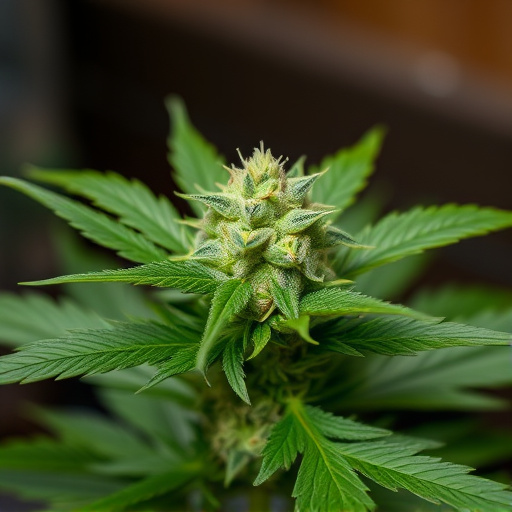
The age of cannabis can significantly impact its potency and the overall experience it offers. As cannabis ages, several factors contribute to a potential reduction in its effectiveness. One of the key reasons is the degradation of terpenes, which are responsible for the distinctive flavors and aromas of different strains. Over time, these volatile compounds evaporate, leading to a less appealing taste and potentially altering the plant’s effects.
Additionally, high CBD cannabis strains, which have gained popularity for their therapeutic benefits, may also lose some potency with age. Cannabidiol (CBD) is known for its non-intoxicating properties, providing users with a calm and relaxed state without the psychotropic effects of tetrahydrocannabinol (THC). However, as the plant ages, the CBD content can diminish, resulting in a less potent experience or even a lower concentration of desired cannabinoids. This is particularly important for consumers seeking specific medicinal benefits associated with high CBD strains.
Understanding the Science Behind Getting High from Old Weed
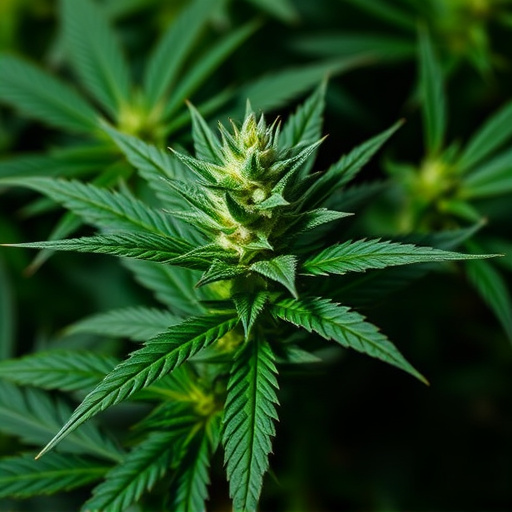
The concept of getting high from old weed might seem intriguing, but understanding the science behind it reveals a complex interplay of compounds in cannabis. High CBD (cannabidiol) cannabis strains are known for their minimal psychoactive effects, primarily due to low THC (tetrahydrocannabinol) content. However, age can impact these levels significantly. Over time, THC naturally degrades into CBN (cannabinol), which is more sedative and less potent than THC. This transformation can lead to a subtle change in the ‘high’ experienced, often described as calmer and less intense compared to fresh high CBD strains.
The process of aging also allows for the potential development of unique terpene profiles, which are aromatic compounds contributing to the diverse effects and experiences associated with cannabis. These terpenes, alongside residual cannabinoids, can interact with our bodies’ endocannabinoid system, influencing how we perceive and feel the ‘high’. Thus, while age might reduce THC potency, it introduces other chemical variations that could theoretically contribute to a distinct yet still pleasurable sensory experience.
While age can reduce the potency of cannabis, high CBD cannabis strains maintain their ability to provide a potent, yet potentially less intoxicating, experience. The science behind getting high from old weed lies in the preservation of cannabinoids, particularly CBD, which offers various therapeutic benefits without the strong psychoactive effects of THC. Understanding this dynamic is crucial for consumers looking to optimize their cannabis consumption, especially as the market evolves with an increasing focus on high CBD strains.
